Hey there, fellow bonsai enthusiasts! Have you ever wondered how’s your Bonsai Water Quality? or whether the tap water you use is good for your beloved bonsai trees? Well, we all know tap water is great for our daily needs, like bathing, cleaning, and washing, but what about our precious trees? Today, I’ll share some valuable insights that have worked wonders for me and the seasoned bonsai practitioners I’ve had the pleasure of conversing with.
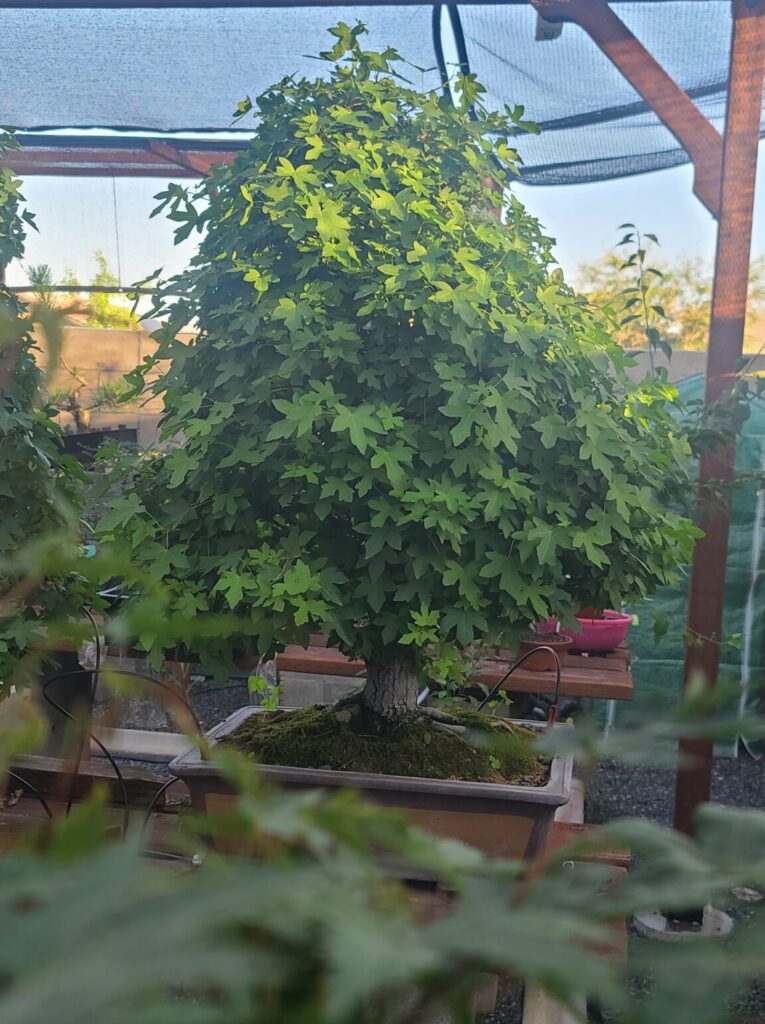
First things first, it’s essential to assess the health of your bonsai. Take a close look at your trees—are they all thriving without any weird anomalies? You’d be interested to know that some bonsai species actually thrive better with specific water quality.
Now, let’s talk about the common symptoms or clues that indicate your bonsai might be suffering from poor water quality:
- Burnt leaves, especially in Maples or Trident varieties
- Residue buildup on your pot
- Slow or weak growth
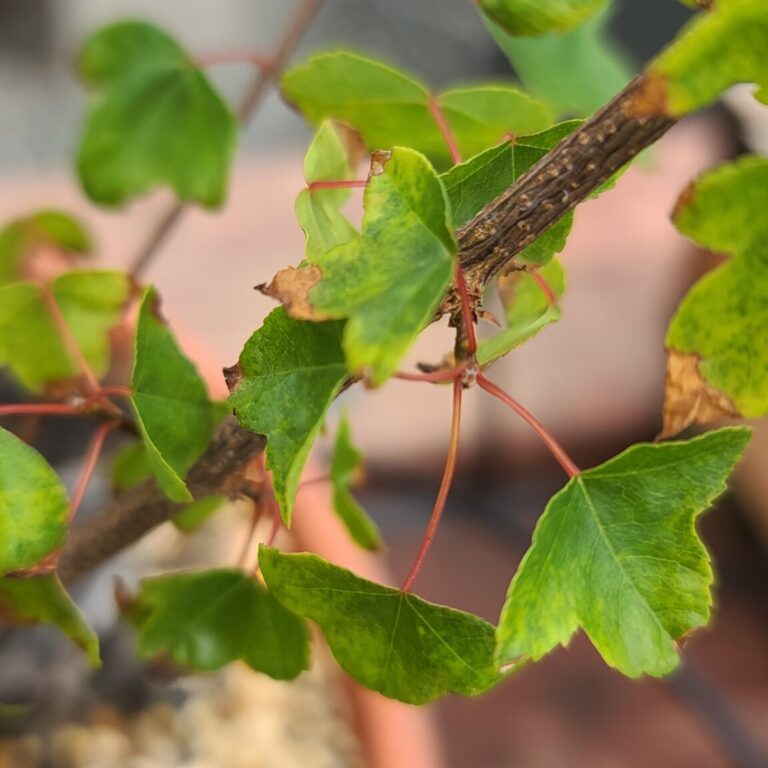
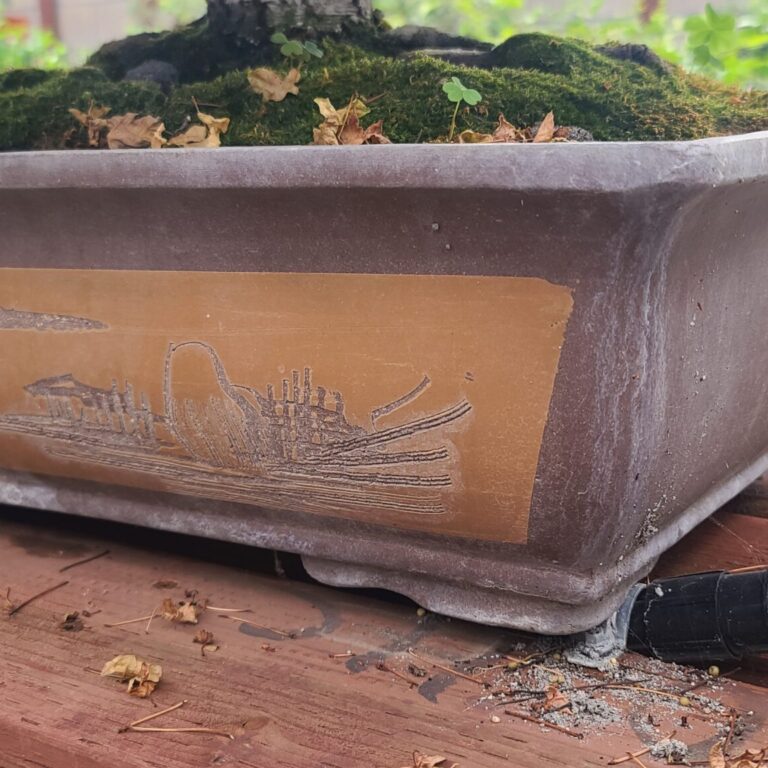
If you’re experiencing any of the above problems, the first step is to conduct a water test. You can either do it yourself or take a quicker approach by checking your City Water Quality report. In my area, the Central Valley in California (yes, buddy, California!), we don’t boast the best water quality. My water showed a sodium level of 93.7 ppm and a whopping 577 TDS (Total Dissolved Solids).
Having such water stats can undoubtedly cause issues for your bonsai trees. But fear not, there are solutions!
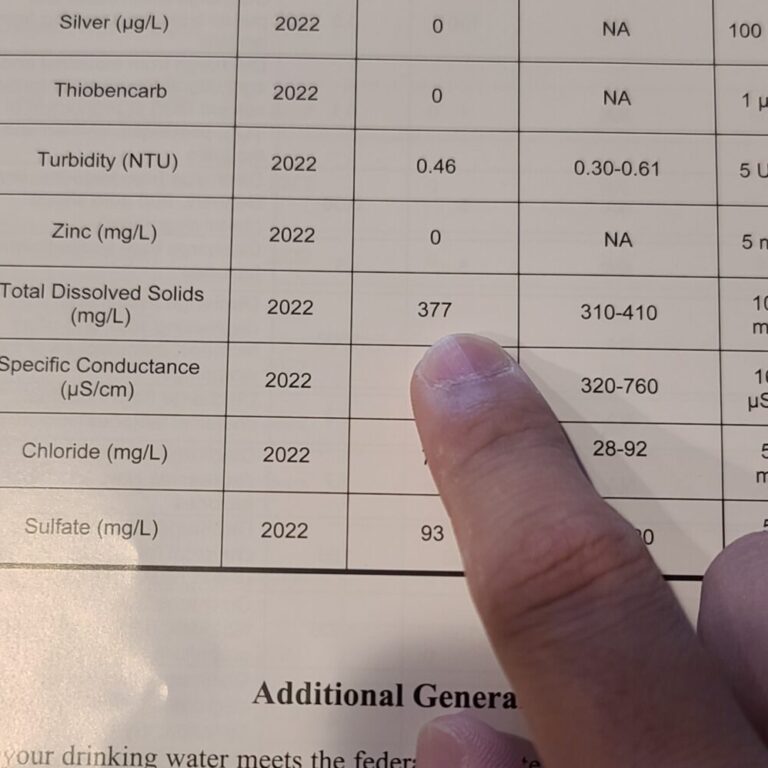
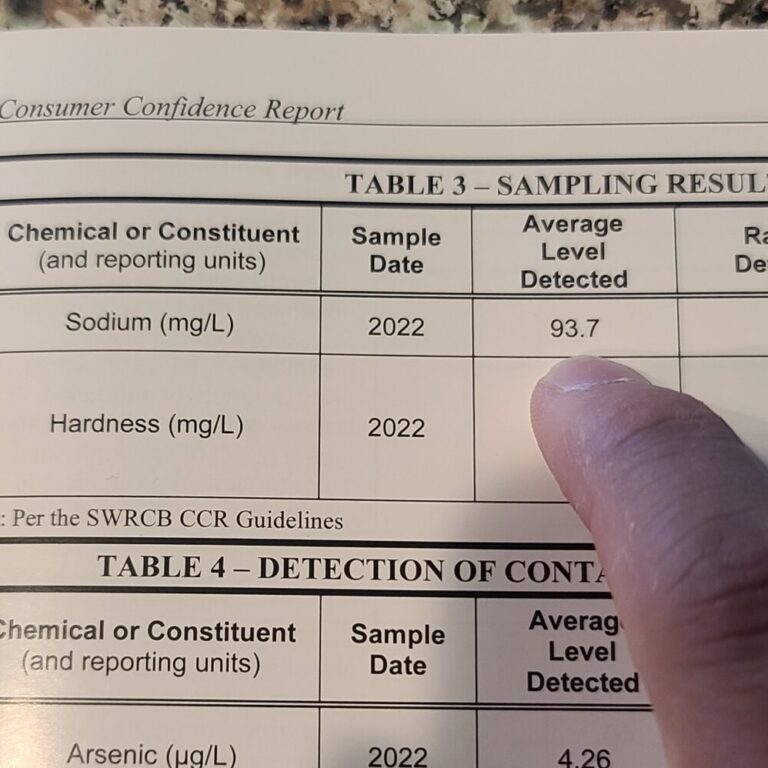
Get yourself a TDS meter to test your home’s water TDS, even if your City’s water report seems fine. For simplicity, let’s focus on TDS. If your water measures around 250 ppm TDS, you should be good to go. However, if your TDS level is above 250, say 500+ like mine, you might want to consider focusing on bonsai trees that can handle higher TDS levels—examples include Elms, Junipers, Black Pines, and more.
On the other hand, if you’re determined to grow and care for Maples, a TDS level above 250 can pose challenges. In such cases, an RO (Reverse Osmosis) system might be your best bet.
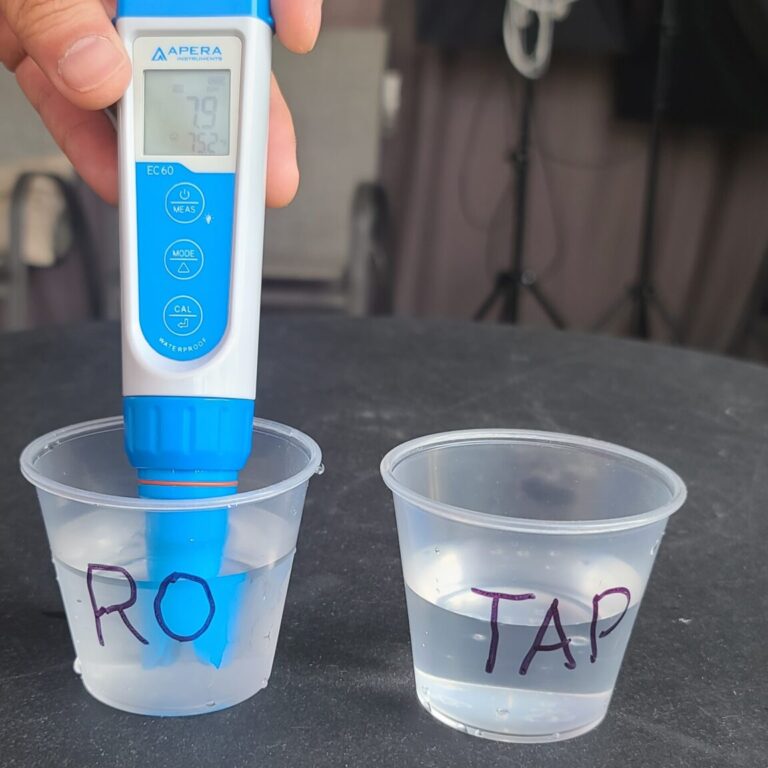
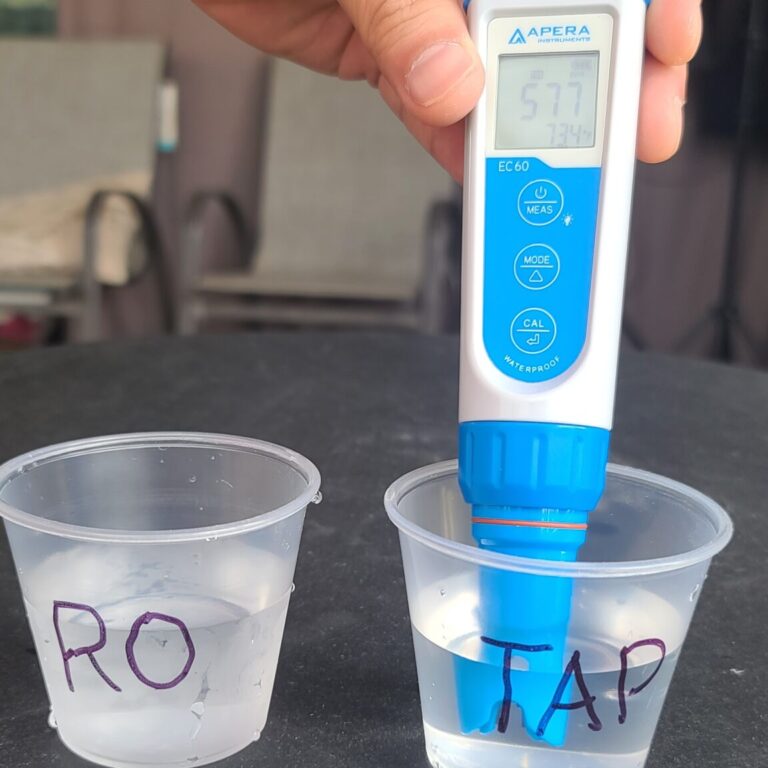
You might be curious about my solution to dealing with my sodium-packed 93.7 ppm and 577 ppm TDS. Well, you guessed it—RO system to the rescue! I’ll delve into my setup in a future post, but let me tell you, after following Ed Clark’s recommendation to switch to RO water, I noticed positive results almost immediately. Now, even in my hot climate, I can grow Maples with healthy, lush foliage thanks to good water.
If collecting rainwater is a viable option in your area, that’s another fantastic solution. Rainwater typically has very low TDS, making it ideal for plant growth.
Now, let’s talk about pH. In the United States, many municipalities have a pH level above 7.8 due to regulations (you can find out more by searching “Lead Poisoning pH” on Google). Ideally, your pH should be in the 6-7 range, as this allows your bonsai to absorb multiple minerals efficiently. Some research suggests that plants can buffer and adjust their own pH at their root tips, which is fascinating!
Personally, I don’t stress over checking the pH of my water as long as I keep the TDS in check. Simplifying my care routine keeps me from diving down the rabbit hole of endless worries.
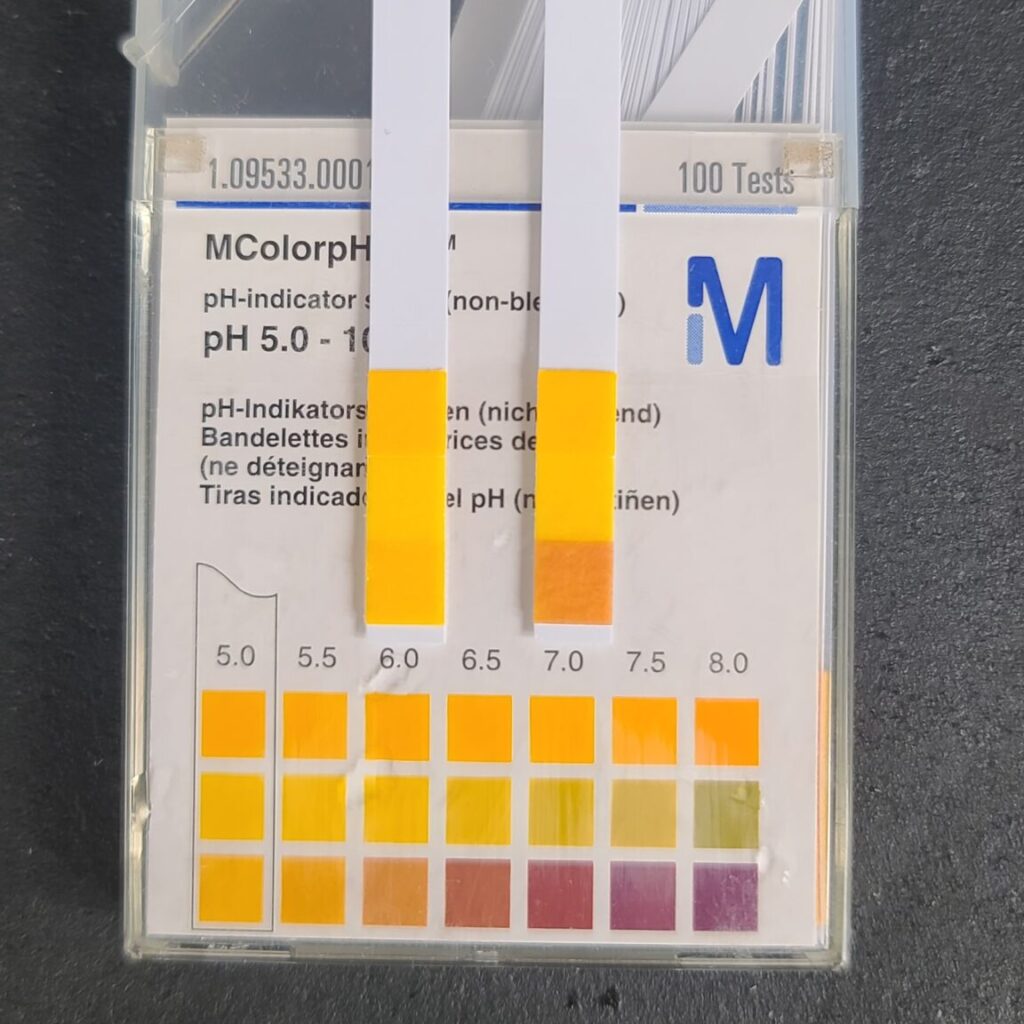
Alright, folks, that’s all for today! I hope you’ve gained some valuable insights into assessing your water quality and ensuring your bonsai thrives and stays healthy. Remember, your bonsai is a living thing, and its well-being should always be our top priority. The art of designing and employing techniques to make them beautiful comes second. Take care, everyone, and as always, until next time—happy bonsai gardening!